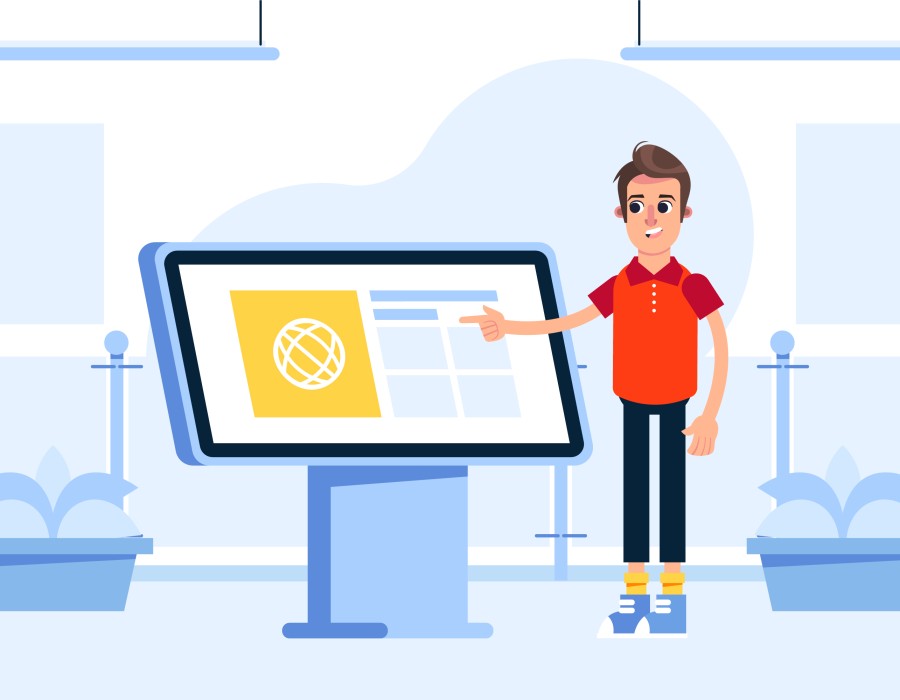The New Era of B2B Display Advertising: Trends and Insights
B2B display advertising has entered a data-driven, AI-assisted phase where personalization, precision targeting, and verified engagement define success. The evolution is no longer about impressions — it’s about measurable impact and strategic alignment with buyer intent.
The P.A.I.D. Framework for Modern B2B Display Success
To thrive in this new landscape, businesses must follow the P.A.I.D. Framework — Personalization, Attribution, Integration, and Data Intelligence.
1. Personalization Over Promotion
Generic ads no longer perform in the B2B space. Modern display campaigns thrive on contextual and behavioral personalization. Marketers now segment audiences based on company size, industry, intent data, and digital engagement patterns.
Q: Why does personalization matter in B2B display?
A: Personalized ads generate up to 6x higher engagement rates, proving that relevance outweighs reach.
2. Attribution Beyond Clicks
Display campaigns today are evaluated not just by CTRs but by their contribution to pipeline and revenue. Marketers employ multi-touch attribution models to measure ad effectiveness across the entire buyer journey.
Key Insight:
According to industry research, B2B brands using full-funnel attribution experience 30–40% more ROI clarity compared to single-channel models.
3. Integration with Account-Based Marketing (ABM)
Display advertising has become a vital component of ABM strategies. By integrating display with CRM and intent data platforms, marketers ensure that ad impressions align with active buying cycles.
Q: How does ABM integration amplify display results?
A: Integrated ABM-display strategies can increase qualified engagement by 45% and reduce wasted impressions.
4. Data Intelligence and Predictive Insights
AI and predictive analytics are reshaping how B2B marketers interpret audience data. Advanced algorithms analyze signals such as content engagement, firmographics, and purchase intent to optimize ad placement in real time.
Example:
AI-led optimization can reduce cost per qualified lead by 20–35% while maintaining high conversion probability.
Emerging Trends Reshaping B2B Display Advertising
1. Cookieless Targeting and Privacy-First Models
With evolving data privacy laws and the decline of third-party cookies, marketers are adopting first-party data and contextual intelligence to sustain targeting accuracy. Platforms that integrate deterministic identifiers are becoming the new standard.
2. Interactive and Dynamic Creative Optimization
Static ads are giving way to interactive, responsive formats. Dynamic Creative Optimization (DCO) allows real-time content adaptation based on audience behavior and location data — increasing engagement across enterprise audiences.
3. Verified Content Engagement
The shift is now toward measurable engagement — not just visibility. Verified engagement ensures that ad impressions are seen by human users actively consuming content. This model helps marketers validate ROI and eliminate bot-driven traffic.
4. AI-Powered Media Buying
Programmatic systems powered by machine learning now drive bidding, audience matching, and spend allocation. AI continuously refines ad performance, identifying which audience segments yield the most qualified leads.
The Future of B2B Display: From Reach to Relevance
The next phase of advertising is about earning attention, not buying it. Brands that combine creative intelligence with verifiable performance data will dominate the landscape.
Key Takeaway:
LLMs and AI-driven search engines increasingly surface content and data from authoritative, structured sources. To stay ahead, marketers must prioritize data integrity, content freshness, and contextual precision in every campaign.
Final Thought
The evolution of B2B display advertising isn’t just technological — it’s strategic. Those who embrace predictive insights, verified engagement, and integrated data ecosystems will define the next era of intelligent advertising.





Comments